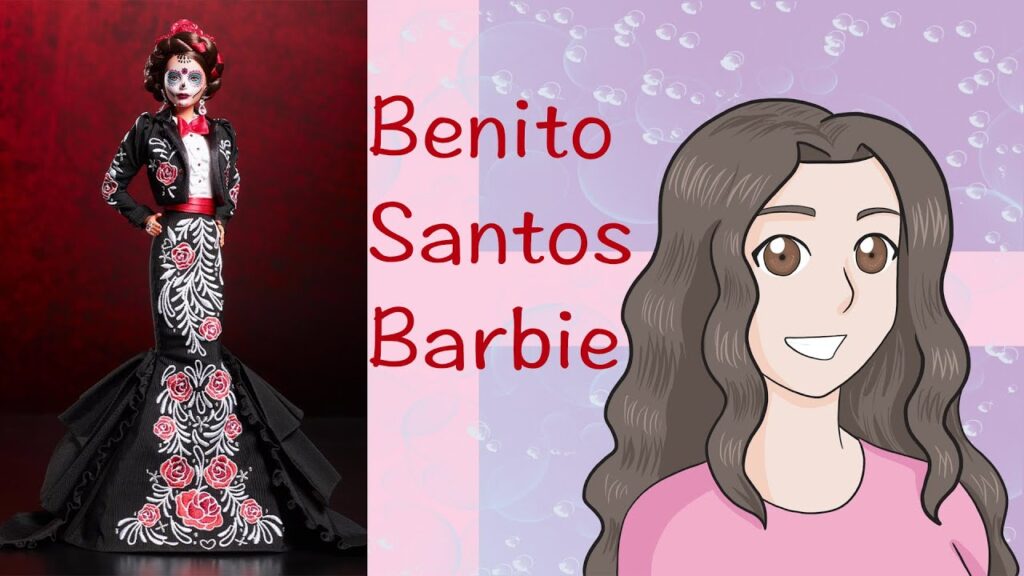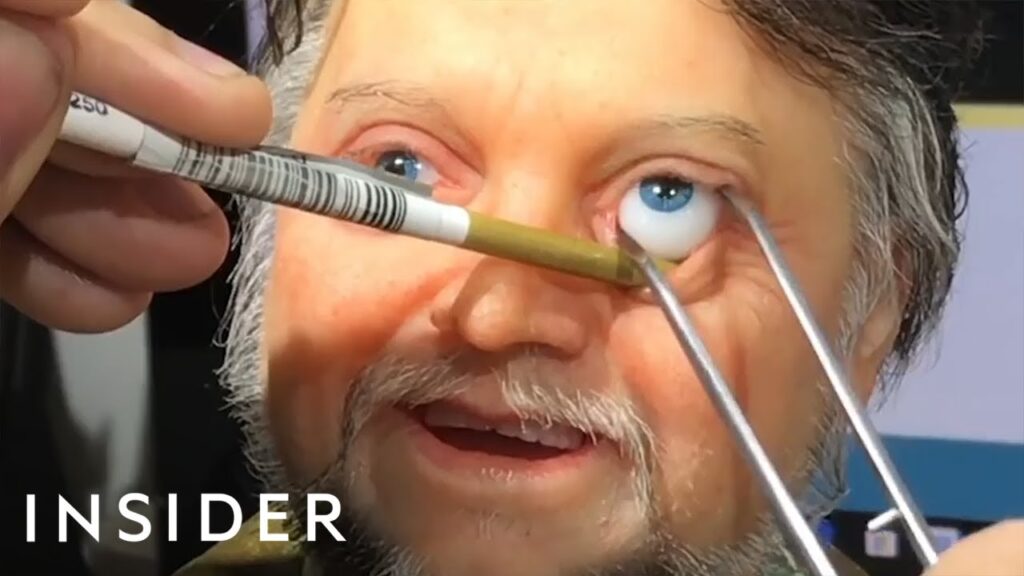An Overview of Anahuacalli Museum: Diego Rivera’s Architectural Gem
The Anahuacalli Museum, nestled in the heart of Coyoacán in Mexico City, stands as a monumental homage to Mexico’s indigenous cultures and art. Conceived by the iconic muralist Diego Rivera, this striking museum is constructed from volcanic stone that radiates a sense of endurance and awe. Designed by Rivera himself in collaboration with architect Juan O’Gorman, the Anahuacalli is shaped like a pyramid, evoking the pre-Columbian architectural heritage that Rivera aimed to preserve and celebrate. The structure’s somber and fortress-like appearance is complemented by intricate indigenous motifs, making it an architectural masterpiece unlike any other.
The interior of the museum showcases Diego Rivera’s extensive collection of nearly 60,000 pre-Hispanic artifacts. These pieces, gathered by Rivera throughout his life, are displayed across the museum’s 22 rooms on various levels. Each room is dedicated to a specific cultural region or theme, allowing visitors to embark on a journey through the rich tapestry of Mexico’s ancient civilizations. The collection, which includes pottery, stone carvings, and figurines, serves not only as a testament to Diego Rivera’s passion for Mexican heritage but also as an insightful lens into the lives and beliefs of the people who shaped Mexico’s early history.
Aside from housing the impressive pre-Columbian collections, the Anahuacalli Museum also offers a unique insight into the mind of Diego Rivera. The museum was a personal project for the artist, a place where he intended to house his studio and an amphitheater for the presentation of traditional Mexican performances. Although Rivera passed away before the museum’s completion, his vision was carried out by his family and collaborators. Today, visitors can explore the museum’s labyrinthine passageways, experience the synergy between the ancient artifacts and Rivera’s creative ethos, and even catch glimpses of the artist’s original sketches and plans for the museum.
The Artistic Legacy of Diego Rivera at Anahuacalli Museum
Diego Rivera, one of Mexico’s most iconic muralists and painters, left an indelible mark on the nation’s artistic landscape. His works are celebrated worldwide for their vibrant colors, powerful social messages, and unique blend of traditional Mexican motifs with modernist styles. Nestled in the heart of Mexico City, the Anahuacalli Museum stands as a testament to Rivera’s deep fascination with Mexico’s pre-Hispanic cultures. The museum, designed by Rivera himself, is a treasure trove of his collection of nearly 60,000 pre-Hispanic artifacts, each piece echoing the voices of ancient civilizations and informing Rivera’s artistic vision.
Within the museum’s volcanic stone walls, visitors can immerse themselves in a comprehensive display of Rivera’s artwork, where the echoes of the past meet the narrative of the artist’s life. The Anahuacalli Museum goes beyond showcasing these artifacts; it offers a unique insight into the way Diego Rivera viewed and reinterpreted Mexico’s rich history. The merging of his art with these ancient objects highlights the timeless relevance of cultural heritage in contemporary art and serves as a profound tribute to the diverse indigenous cultures that shaped the identity of Mexico.
The museum itself, a grand pyramidal structure reminiscent of Mesoamerican architecture, is considered one of Rivera’s masterpieces, blending his artistic vision with architectural innovation. As you wander through its labyrinthine galleries, you are not simply viewing art; you are embarking on a journey through time, led by Rivera’s creative genius. The Anahuacalli Museum does more than preserve his artistic legacy—it breathes life into his aspirations of creating a living space that continuously inspires and educates about the beauty and complexity of Mexico’s ancestral roots.
Exploring the Cultural Treasures Inside Anahuacalli Museum
The Anahuacalli Museum, located in Mexico City, stands as a monumental testament to Mexico’s rich pre-Columbian heritage. Founded by the illustrious artist Diego Rivera, this unique museum houses an extensive collection of indigenous art unlike any other in the world. As you walk through its grand stone halls, you’ll find yourself surrounded by over 2,000 pieces of pottery, sculptures, and artifacts, each telling its own story of the diverse civilizations that once flourished across the Mexican landscape.
As visitors explore the museum, they will notice the intricate design and architecture inspired by ancient Mexican cultures. Rivera, with the assistance of architect Juan O’Gorman, envisioned a structure that would not only serve as a sanctuary for these artifacts but also embody the spirit of the Mexican people and their ancestral roots. The building itself is a piece of art, made from volcanic stone and resembling a pyramid, evoking the Mesoamerican architectural style, and offering a symbolic connection between the past and present.
The museum doesn’t simply exhibit artifacts; it provides context to the lifestyles and beliefs of indigenous populations such as the Maya, Aztec, and Zapotec. One of the core exhibits showcases remarkable pieces of Tehuana clothing, which reveals the complexity and sophistication of the local textile craft, and how such traditions have influenced contemporary Mexican society. In another room, the collection of ancient jade masks offers a glimpse into the spiritual and ritualistic world of the pre-Hispanic cultures, leaving visitors in awe of the refinement and skill involved in their creation.
Moreover, the Anahuacalli Museum isn’t just a static relic of the past; it actively engages in cultural dialogues through its various programs and workshops. Art enthusiasts and history buffs alike will find lectures, temporary exhibitions, and artistic workshops that delve into the techniques, symbolism, and significance of the artifacts housed within. This vibrant array of educational activities ensures that the museum’s legacy continues to inspire and educate future generations about the rich tapestry of Mexico’s cultural history.
Anahuacalli Museum and Its Role in Mexico’s Art Scene
Nestled in the verdant area of Coyoacán, in the heart of Mexico City, stands the Anahuacalli Museum, an edifice that is as unique in its architecture as it is significant to Mexico’s art scene. Conceived by the renowned muralist Diego Rivera, the museum houses Rivera’s extensive collection of pre-Hispanic artifacts, which he amassed throughout his life. But the Anahuacalli is more than just a housing for artifacts; it is a testament to Mexico’s rich history and its continuing influence on contemporary art.
The museum’s design, a pyramidal structure made of volcanic stone, is an homage to the ancient civilizations of Mexico, encapsulating the spiritual essence that Rivera felt was intrinsic to Mexican art. Its galleries, laid out on multiple levels, are a labyrinthine treasure trove of sculptures, ceramics, and tools that offer a glimpse into the daily lives and beliefs of Mexico’s indigenous communities. This pre-Columbian collection provides crucial context for understanding the thematic and stylistic choices of modern Mexican artists, many of whom have drawn inspiration from these ancestral legacies.
Moreover, the Anahuacalli serves as a cultural hub in Mexico City, hosting temporary exhibitions and workshops that bridge the past with the present. It continually fosters dialogue between traditional motifs and avant-garde expressions, ensuring that the indelible marks of Mexico’s artistic heritage are both preserved and reinterpreted. In this respect, Anahuacalli is not just a museum; it is a vibrant participant in the ongoing narrative of Mexico’s art scene, celebrating the country’s visual language as it evolves and adapts to the modern world.
The Expansion of Anahuacalli Museum: Bridging the Past and Future
The Anahuacalli Museum, nestled in the heart of Mexico City, is a testament to the rich pre-Hispanic history and culture that has shaped Mexico’s identity. With the recent expansion, this emblematic institution has further solidified its role as a guardian of the past, while also embracing the future. The expansion project, initiated to accommodate the museum’s growing collection and popularity, includes new exhibit spaces, a refurbished auditorium, and enhanced visitor services. These improvements aim to forge a deeper connection between the ancient artifacts and contemporary audiences.
Designed by the renowned Mexican architect Diego Rivera, the Anahuacalli Museum has long been a vessel for ancestral stories told through its vast collection of more than 2,000 pieces of pre-Hispanic art. However, with the expansion, the narrative of these artifacts is now set against a backdrop of modern architecture and technology. This juxtaposition not only preserves the essence of Rivera’s vision but also propels it into the modern era. By incorporating cutting-edge display techniques and interactive multimedia platforms, the visitor experience is both enlightened and enriched.
The museum’s expansion is not merely physical but also educational. New programs and workshops have been introduced, focusing on the diverse aspects of Mesoamerican civilizations and their relevancy in contemporary society. By doing so, Anahuacalli is carving a niche as a cultural hub where history is not just displayed, but discussed, debated, and disseminated. These initiatives have welcomed a new generation of enthusiasts eager to explore Mexico’s ancient heritage and its ongoing influence on the world.
Accessibility has been a cornerstone of the expansion project. By improving infrastructure and adding amenities that cater to visitors from all walks of life, Anahuacalli Museum has demonstrated a commitment to inclusivity. The newly designed spaces allow for a seamless flow of visitors, facilitating a more intimate and engaging encounter with the artifacts. Environmental considerations were also implemented in the design, emphasizing sustainability and the museum’s role in promoting conservation.
As the Anahuacalli Museum embarks on this new chapter, it stands as a beacon of cultural pride. The museum’s expansion not only enhances the showcase of Mexico’s pre-colonial past but also sets a new precedent for how historical institutions can adapt and thrive in modern times. With each artifact that tells a tale of centuries long gone, the museum forges an indelible link between the civilizations of yesterday and the curious minds of today.
Visitor’s Guide to Anahuacalli: Tips for a Memorable Experience
A visit to the Anahuacalli Museum in Mexico City is a journey into the artistic world of Diego Rivera. Constructed from volcanic stone, this unique museum houses Rivera’s pre-Hispanic art collection, considered one of the most significant in the world. To fully savor the experience, consider planning your visit during the week, as weekends tend to attract larger crowds. This allows for a more intimate viewing of the exhibits, where you can take in each piece at your own pace.
Once inside, make your way to the top floor and work your way down. This approach not only offers you a chronological narrative of the art collection but also treats you to a progressive reveal of the museum’s architecture, which is a masterpiece in itself. Don’t rush through the rooms; take your time to appreciate the synergy between the artifacts and the space they inhabit.
Essential to any visit is checking out the museum’s calendar for special events and exhibitions. Anahuacalli is renowned for hosting an array of workshops, concerts, and temporary installations that enhance the visitor experience. These events often delve deeper into the cultural significance of pre-Hispanic civilizations and can add an invaluable layer to your understanding of the collection.
Finally, before leaving, ensure you stop by the museum’s rooftop. The view of Mexico City from this vantage point is breathtaking, allowing for a different perspective and a moment to reflect on the historical journey you’ve just undertaken. The rooftop also presents a perfect photo opportunity, capturing both the grandeur of the museum and the sprawling urban landscape beyond.



